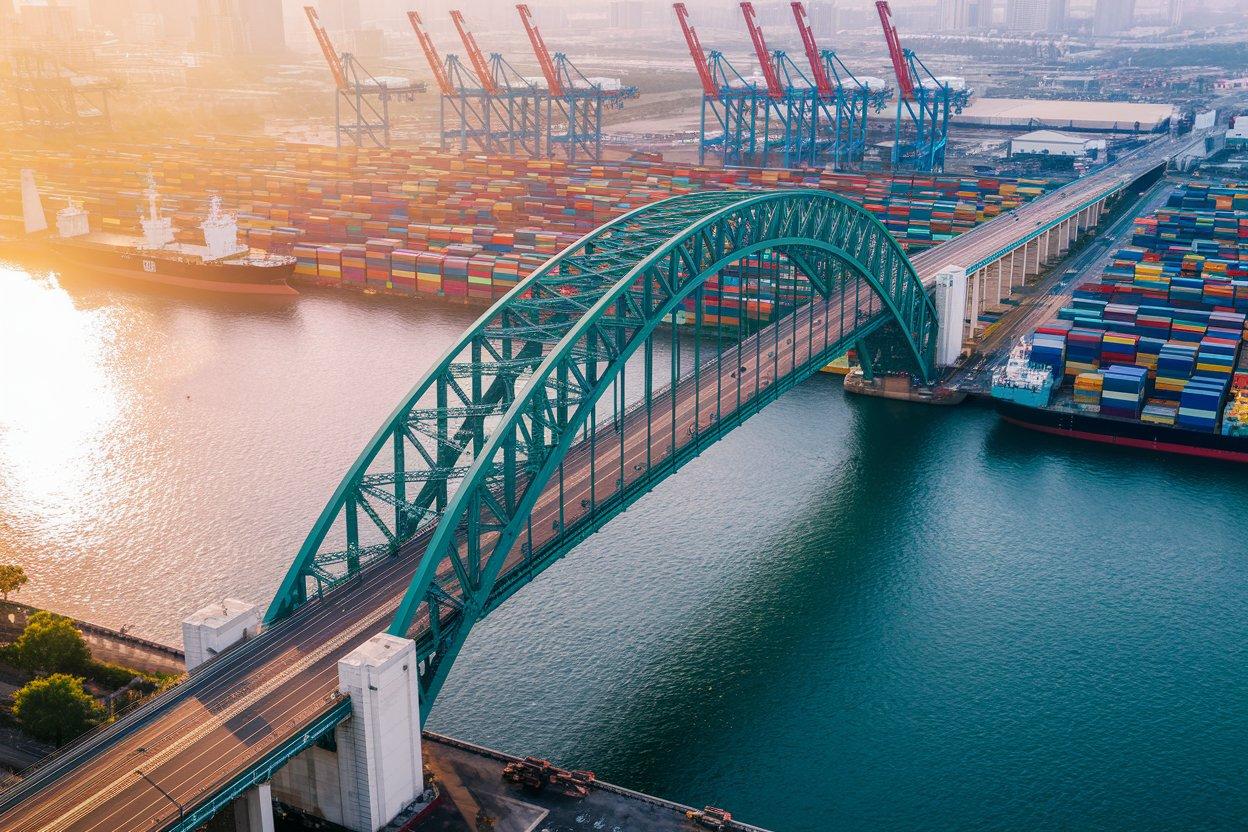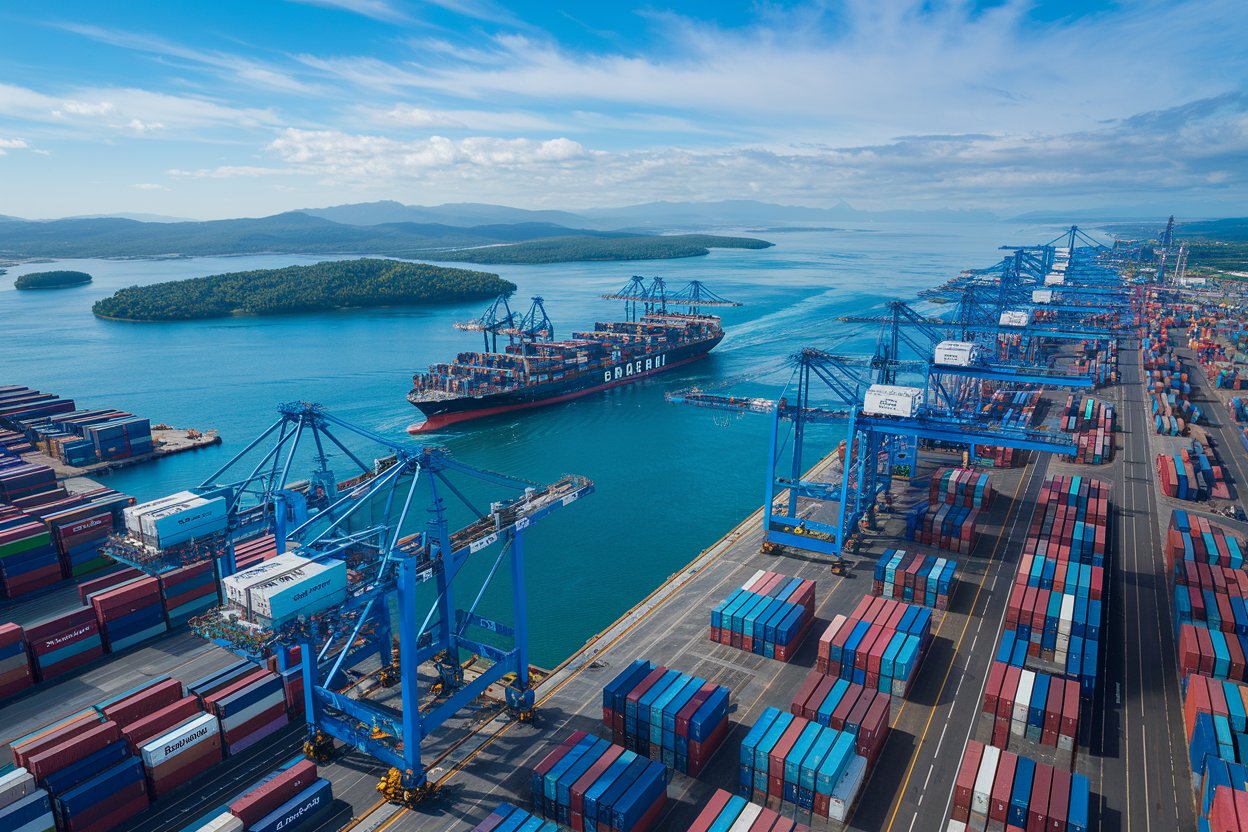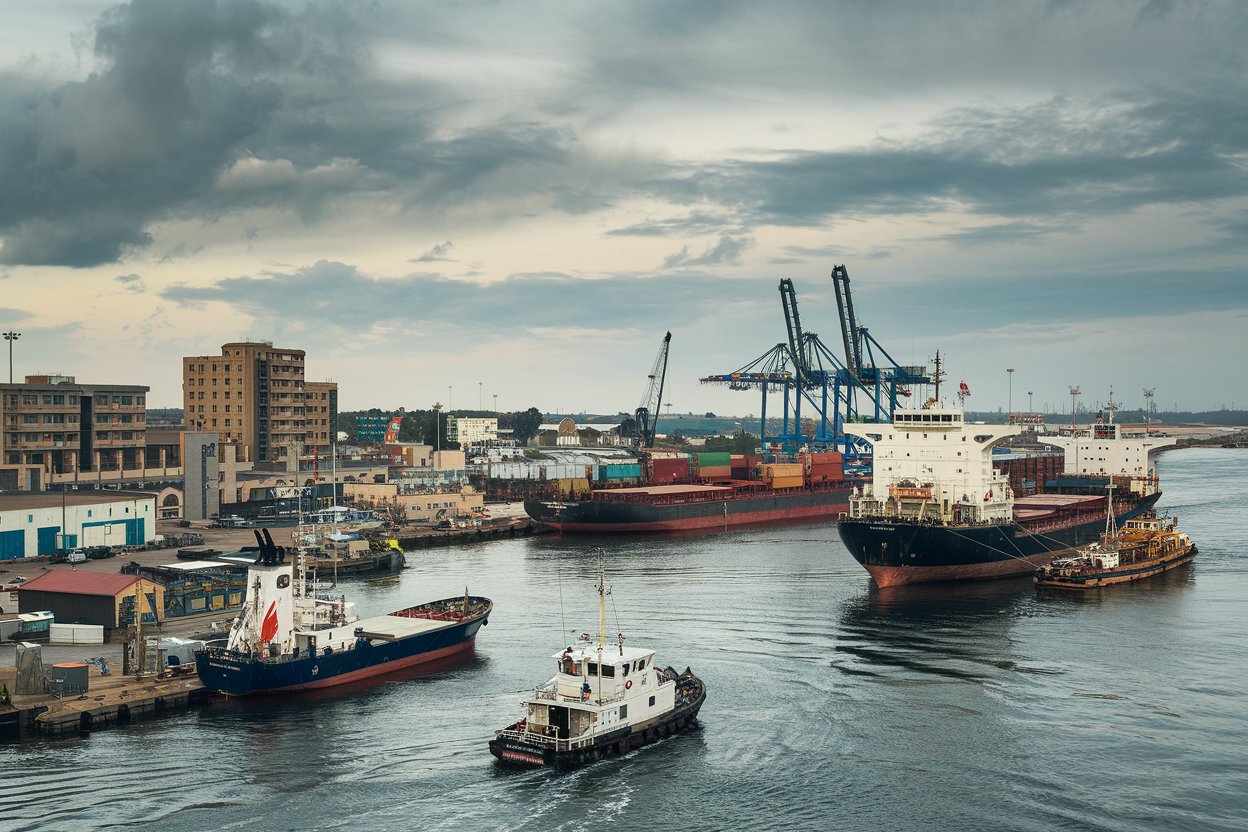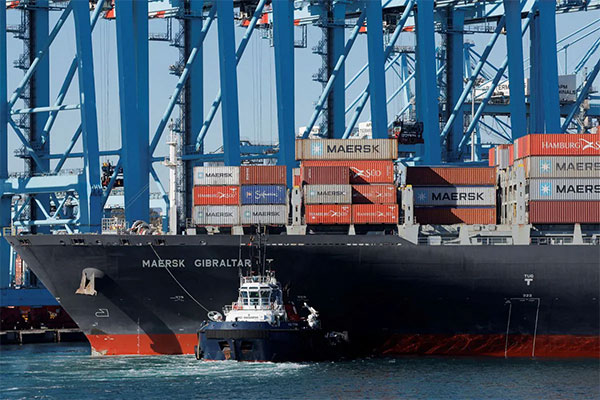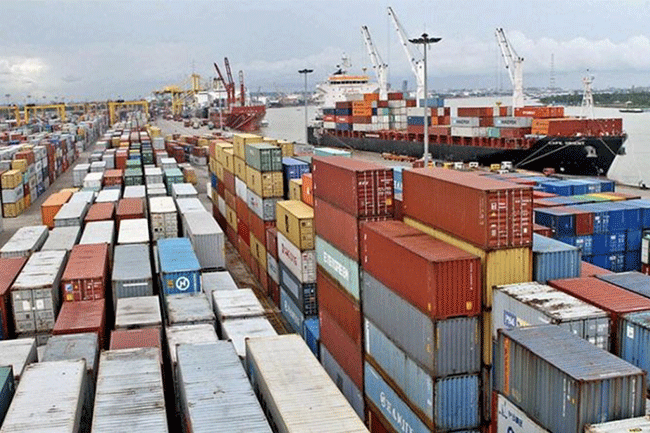- Shanghai Zhongshen International Trade Co., Ltd. - Two decades of trade agency expertise.
- Service Hotline: 139 1787 2118
In theforeign tradeDuring the declaration process, companies often encounter various declaration errors, particularly in areas such as commodity classification, quantity, and amount. While these minor discrepancies may seem insignificant, they can cause significant trouble and delays to the entireimport and exportprocess. Today, we will discuss several common types of declaration errors made by import/export companies and conduct an in-depth analysis through specific case studies.

Contents
ToggleI. Types of Declaration Errors
Quantity Errors
(1) Discrepancy Between Commodity Weight and Net Weight
A company declared two export items, including rollers, with a declared total weight of 27,400 kg, while the net weight reached 137,000 kg. Clearly, this data was inconsistent.
Upon verification, it was found that the company made an error in declaration: the weight of the first item should have been 109,600 kg, and the second item 27,400 kg, totaling 137,000 kg. Such a large discrepancy was likely due to oversight during data entry, but its impact on the declaration should not be underestimated.
(2) Failure to Apply Formula Conversion for Specific Commodity Quantities
A company imported 6 bottles of liquor, declaring the first quantity as 6,000 kg and the second quantity as 6,000 liters. However, there is a formula-based conversion relationship between the volume and weight of liquor.
Upon verification, the company did not calculate the weight using the correct conversion formula. The actual weight should have been 6,579 kg. This error could affect tariff calculations, ultimately causing unnecessary financial burdens for the company.
(3) Legal Quantity Declaration Error
A company declared the export of hot-rolled steel plates, with a declared net weight of 125,714 kg, but the legal quantity was only 12,714 kg, indicating an obvious discrepancy.
Upon verification, the company inadvertently omitted a "5" when declaring the statutory quantity, resulting in a discrepancy of 113,000 kilograms between the declared statutory quantity and the net weight. Such simple input errors are actually quite common, yet they often have adverse effects on the entire customs clearance process.
Classification Errors
A company declared the export of inflatable fishing boats, listing the commodity code as 8902009000. Upon verification, it was found that the goods were actually non-motorized inflatable fishing boats, and the correct classification should have been 8903120000. Such classification errors can lead to incorrect tariff calculations and even prevent smooth customs clearance.
Country of Origin Errors
A company declared the export of industrial-grade mixed oil, with the destination country filled as "Other European Countries and Regions." In reality, the correct destination country should have been Malta. The company explained that the goods were subject to off-site legal inspection, and the final destination country had not been determined at the time of shipment, so they filled in a random one. This situation may lead to misjudgment by customs, thereby affecting the clearance speed.
Currency Errors
A company declared the export of clavulanate potassium microcrystalline cellulose, with a declared total value of $2.089 million USD, which was excessively high. Upon verification, it was found that the company made an error in the currency field. The correct currency should have been CNY, resulting in an overstatement of 12.91 million CNY. Such discrepancies can significantly impact price assessments.
Price Errors
A company declared the export of shutter blades, with a declared total value of $988,000 USD. However, the correct price should have been $98,000 USD, resulting in a 10-fold overstatement. Such errors may cause companies to bear unnecessary tariff and VAT burdens.
II. How Companies Can Improve Data Declaration Quality
- Stay Updated on Regulatory Requirements
Companies must stay informed about the latest requirements in the Customs Declaration Form Filling Standards for Import and Export Goods of the Peoples Republic of China and pay attention to customs announcements to clarify requirements for commodity classification, transaction methods, prices, origin, and other information.
- Establish a Review System
When filing customs declarations through the "Single Window" system, enterprises should establish a review mechanism, especially conducting repeated checks on critical fields such as weight and price, to avoid inaccurate declarations caused by input errors.
- Immediate Adjustment of Problematic Data
For data that has already caused issues, companies should promptly update their declaration databases and avoid similar problems in future declarations. The principle is to correct problematic data immediately upon discovery.
- Regular Self-Checks and Communication
Enterprises should incorporate regular self-inspections as routine management, proactively communicate with customs brokers and relevant authorities, screen for declaration errors, and ensure all declaration information is accurate. Through continuous review and self-examination, companies can effectively reduce the occurrence of errors.
Conclusion
Import and export declarations may appear to involve just a few simple steps, but in reality, even the smallest error can lead to delays in the entire customs clearance process and potentially result in financial losses. Therefore, enterprises must strictly adhere to regulations when declaring, establish robust review mechanisms, and ensure every declaration can withstand customs scrutiny.
Related Recommendations
? 2025. All Rights Reserved. Shanghai ICP No. 2023007705-2  PSB Record: Shanghai No.31011502009912
PSB Record: Shanghai No.31011502009912
